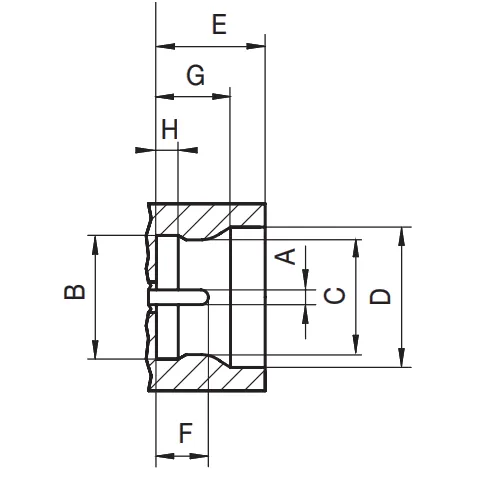Mini-SMP series are a sub-miniature microwave-band connector with its interfacing system featuring an inner female-to-female component, called a bullet or blindmate, and two outer panel, circuit or cable-mounted receptacles called shrouds. The design is identical to the standard SMP series, however approximately 70% smaller in dimension. The design of the Mini-SMP bullet and shroud system allows for both axial and radial misalignment. Mini-SMP connector has its interface standardised by MIL-STD-348B, and can operate up to 65 GHz through select manufacturers.
In blind-mate applications, one shroud connector will be typically specified as a snap-on interface and the other as a slide-on. This ensures that the bullet adapter remains fixed in the same shroud connector when the connection is disengaged.
The snap-on interface, termed Full Detent (FD) is mainly used for cabled connections where higher retention forces are required. The Slide-on/Push-on interface, termed Smooth Bore (SB) allows for reduced connection forces as compared to the snap-on versions. This push-on interface creates a sliding connection that does not physically locate the mating reference planes, allowing for axial and radial misalignment.
History
Originally marketed by the Gilbert company (now Corning Gilbert) during the 1980's under the trade name GPPO, which signifies "Gilbert push-on".
Applications
Mini-SMP connectors are a popular choice for board-to-board applications, and typically found in microwave-band military and high grade commercial systems such as in phased arrays, airborne radar, active antennas, satellites, and a range of other radar systems.
Male Dimensions (Courtesy Rosenberger)

Female Dimensions


